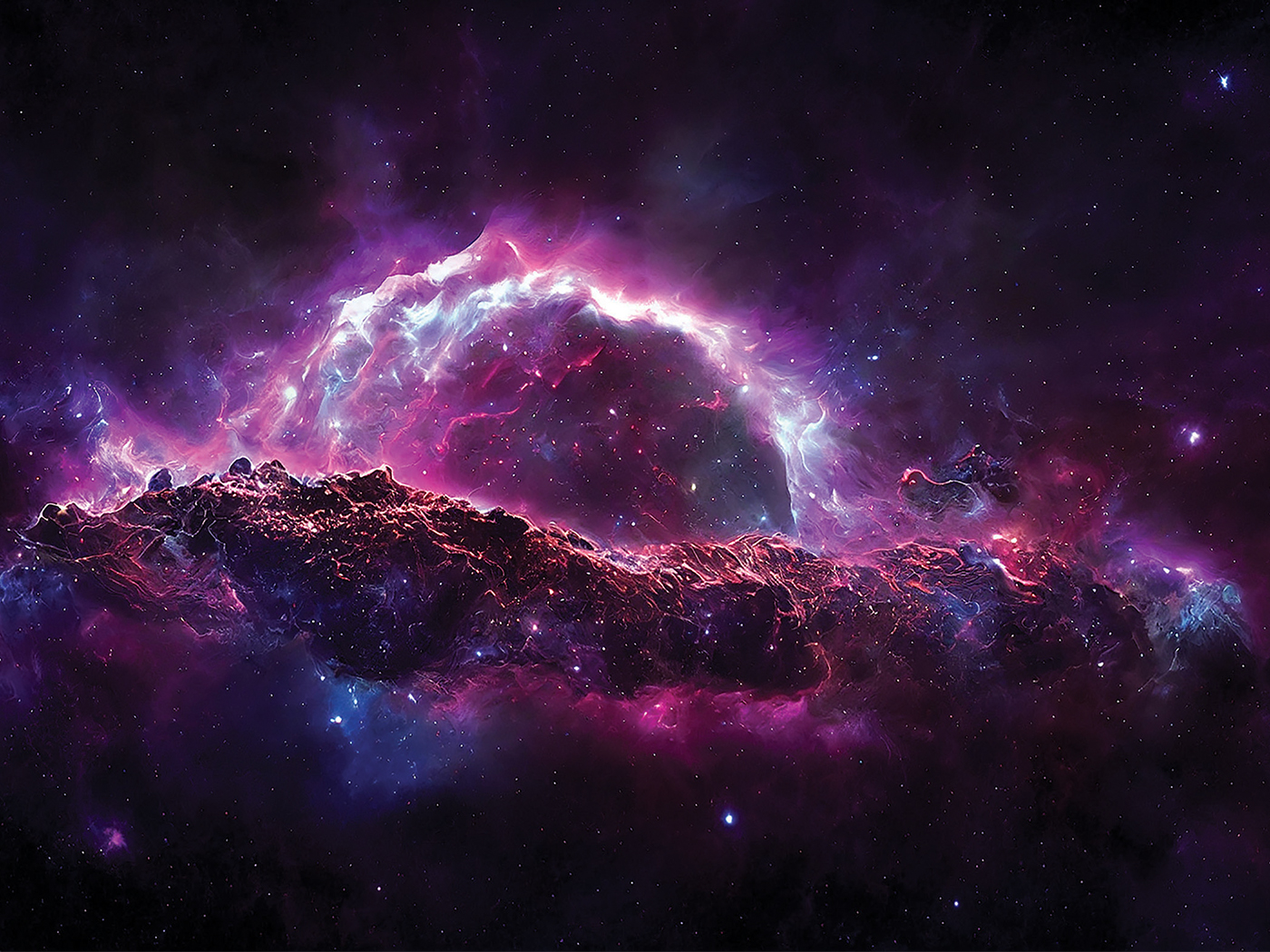In an article on whale evolution (Natural History 5/94) peppered with negative remarks toward creationists, Steven J. Gould of Harvard, perhaps one of the more strident anti-creationists today, stated:
I am absolutely delighted to report that our usually recalcitrant fossil record has come through in exemplary fashion. During the past fifteen years, new discoveries in Africa and Pakistan have added greatly to our paleontological knowledge of the earliest history of whales.
But just five years later, Scientific American (January 1999) reported the discovery of fossilized ankle bones that has “left [whale] researchers even more puzzled than before.” The author of this article states that these bones (found in Pakistan!) “leave researchers wondering where whales came from.”
Compounding the problem is evidence taken from molecules (genetic analysis) that simply doesn’t line up with the fossil evidence (morphology). Evolutionist John Gatesy reports:
The phylogenetic affinities of Cetacea have not been clearly resolved by either molecular or morphological characters. The rapidly growing molecular database should, in theory, complement anatomical evidence from the spectacular fossil discoveries of the past 15 years. Unfortunately, recent phylogenetic analyses show more conflict than compromise between molecules and morphology. “Molecular evidence for the phylogenetic affinities of Cetacea” The Emergence of Whales edited by J.G.M. (Thewissen Plenum Press, N.Y., 1998), p. 63.
Richard Monastersky of Science News (vol. 156) agrees, saying “The war over whales pits the classical techniques of studying bones and flesh against the most modern methods of genetic analysis—two approaches that lead to different versions of the whale’s origin tale.”
While evolutionists struggle to spin their tales of how the whale could have come to be, the creationist can take comfort that all the evidence will continue to support the fact that the whale was designed as a unique creature during day five of creation, just as God told us in Genesis 1.











